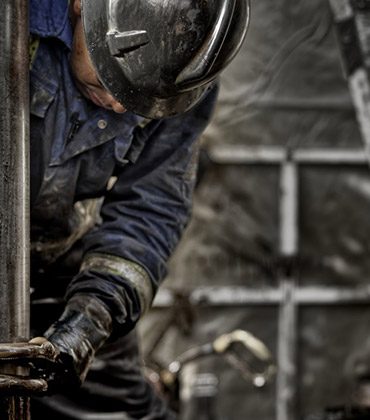Capillaries are a crucial part of the blood circulation system, functioning alongside arteries and capillaries to ensure the appropriate functioning of our bodies. They play a vital duty in bring blood back to the heart, providing oxygen and crucial nutrients to our body organs and cells.
While arteries carry oxygen-rich blood away from the heart, veins transfer oxygen-depleted blood back to the heart as well as lungs for oxygenation. This continual cycle keeps our bodies operating ideally as well as ensures the distribution of nutrients and also elimination of waste items.
Structure and Feature of Veins
Blood vessels are capillary that have special features that distinguish them from various other parts of the circulatory system. These vessels are thin-walled as well as adaptable, enabling them to expand and get to accommodate varying blood flow quantities.
Unlike the muscular walls of arteries, blood vessels rely upon a collection of one-way valves to avoid the backflow of blood. These valves make certain that blood only moves in the direction of the heart, countering the results of gravity. This device is especially essential in the lower extremities, where blood has to overcome the pressure of gravity to return to the heart.
While veins normally have a thinner and less developed muscular tissue layer compared to arteries, larger veins have a center layer of smooth muscular tissue fibers that help in the contraction and leisure process. This muscle layer helps drive blood ahead along with manage the size of the veins to regulate blood flow.
- Capillaries can be classified into 2 major kinds: deep blood vessels and also shallow veins. Deep capillaries lie within the muscle mass as well as are responsible for bring the majority of blood back to the heart from the extremities.
- Superficial blood vessels, on the various other hand, are located better to the surface area of the skin and are responsible for draining blood from the skin and superficial tissues. They frequently act as points of accessibility for clinical treatments such as venipuncture.
- Along with these two types, there are additionally perforator veins that attach the deep as well as shallow capillaries.
The wall surfaces of veins have elastic fibers that allow them to stretch as well as suit variations in blood quantity. This adaptability is vital throughout exercise when blood circulation boosts, and capillaries need to expand to fit the higher flow rate.
Usual Vein Disorders
While veins are amazing frameworks, they are likewise vulnerable to certain disorders that can impact their structure and feature. Some of the most usual blood vessel problems include:
- Varicose blood vessels: Varicose blood vessels occur when the shutoffs within the capillaries become weak or harmed, triggering the veins to stretch and end up being puffy. This condition is typically seen in the legs and also can be gone along with by signs such as aching, swelling, as well as a heavy experience.
- Deep blood vessel thrombosis (DVT): DVT is a condition where a blood clot forms in a deep vein, many typically in the legs. This can be a severe condition as the clot has the potential to damage free and also traveling to the lungs, triggering a pulmonary blood clot.
- Crawler blood vessels: Crawler blood vessels are smaller, dilated capillary that appear close to the skin’s surface area. They frequently look like crawler internet or tree branches and also are primarily an aesthetic concern.
- Chronic venous insufficiency (CVI): CVI happens when the veins are incapable to effectively return blood to the heart, bring about pooling of blood in the reduced extremities. This problem can lead to swelling, skin adjustments, and also abscess.
Looking after Your Capillaries
Maintaining the health of your blood vessels is vital for general health. Right here are some pointers to promote excellent vein wellness:
- Stay clear of prolonged durations of resting or standing. If your job needs lengthy hours of sitting or standing, take normal breaks to stretch your legs and also encourage blood flow.
- Take part in normal workout, especially tasks that advertise the contraction and leisure of calf bone muscles, such as walking giá thuốc glucoactive or biking. This helps to press blood back to the heart as well as reduces the threat of blood merging in the reduced extremities.
- Maintain a healthy and balanced weight. Excess weight puts added stress on the veins, making them work harder to circulate blood.
- Raise your legs. If you experience swelling or pain in your legs, try raising them above heart level to minimize the pooling of blood.
- Put on compression stockings. These specialized stockings give finished compression as well as aid enhance blood circulation by using mild stress to the legs.
Final thought
Capillaries are an important component of our circulatory system, playing an important role in the transport of blood throughout our bodies. Understanding the structure, function, as well as usual conditions of veins can aid us appreciate their importance and take steps to maintain their wellness. By adhering to easy lifestyle measures and focusing on any type of potential vein-related signs and symptoms, we can make certain the harga obat cellarin longevity and effectiveness of this exceptional network of vessels.






